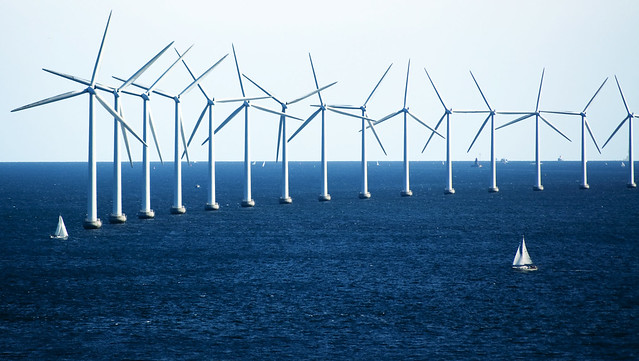
"We are taking basic information about golden eagle ecology in the Anthropocene and developing it into predictive frameworks for how to protect them," says Eric Lonsdorf, Emory assistant professor of environmental sciences.By Carol Clark: Wind energy is a major component of the U.S. clean-energy goals. Already one of the fastest growing and lowest-cost sources of electricity in the country, it is poised for even more rapid growth, according to the U.S. Department of Energy.Wind power, however, does not come without trade-offs, including some negative impacts on wildlife. Throughout the United States, for example, it’s been estimated that as many as three golden eagles per wind farm are killed each year by wind turbines.“Renewable energy sources, including wind energy, are critical for us to achieve a net-zero emissions future,” says Eric Lonsdorf, assistant professor of environmental sciences at Emory University. “We need to address conflicts between renewable energy and wildlife conservation so that we can combat climate change while also limiting damage to biodiversity.”Lonsdorf and colleagues are developing data-driven methods to determine how much effort is needed to save golden eagles in order to offset the impact of wind turbines on their populations.The Journal of Wildlife Management recently published their latest model...

